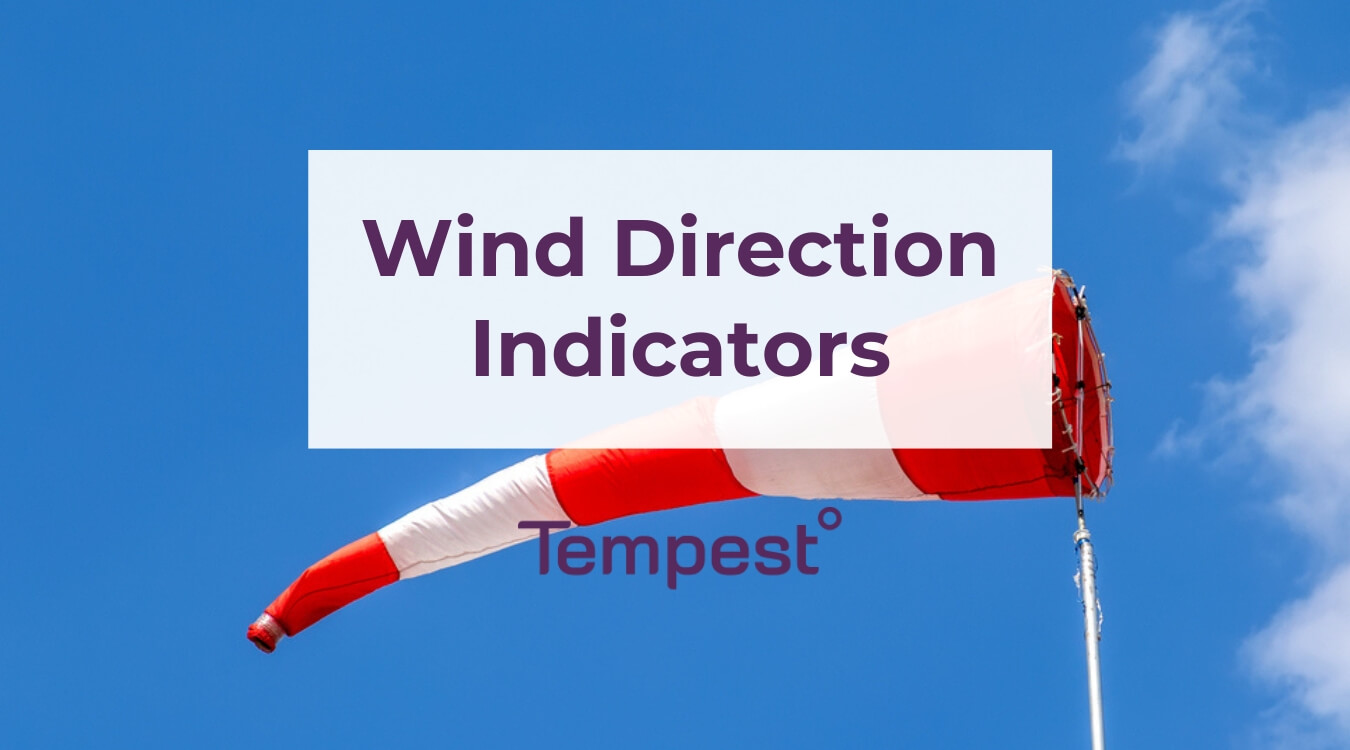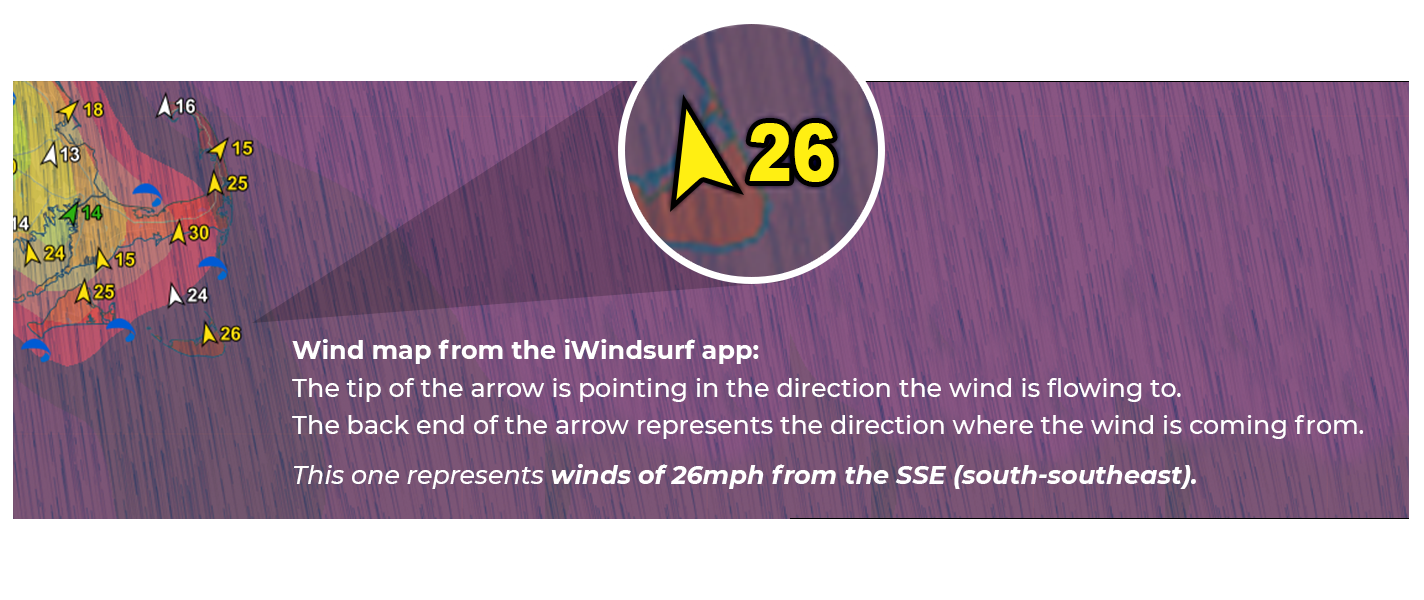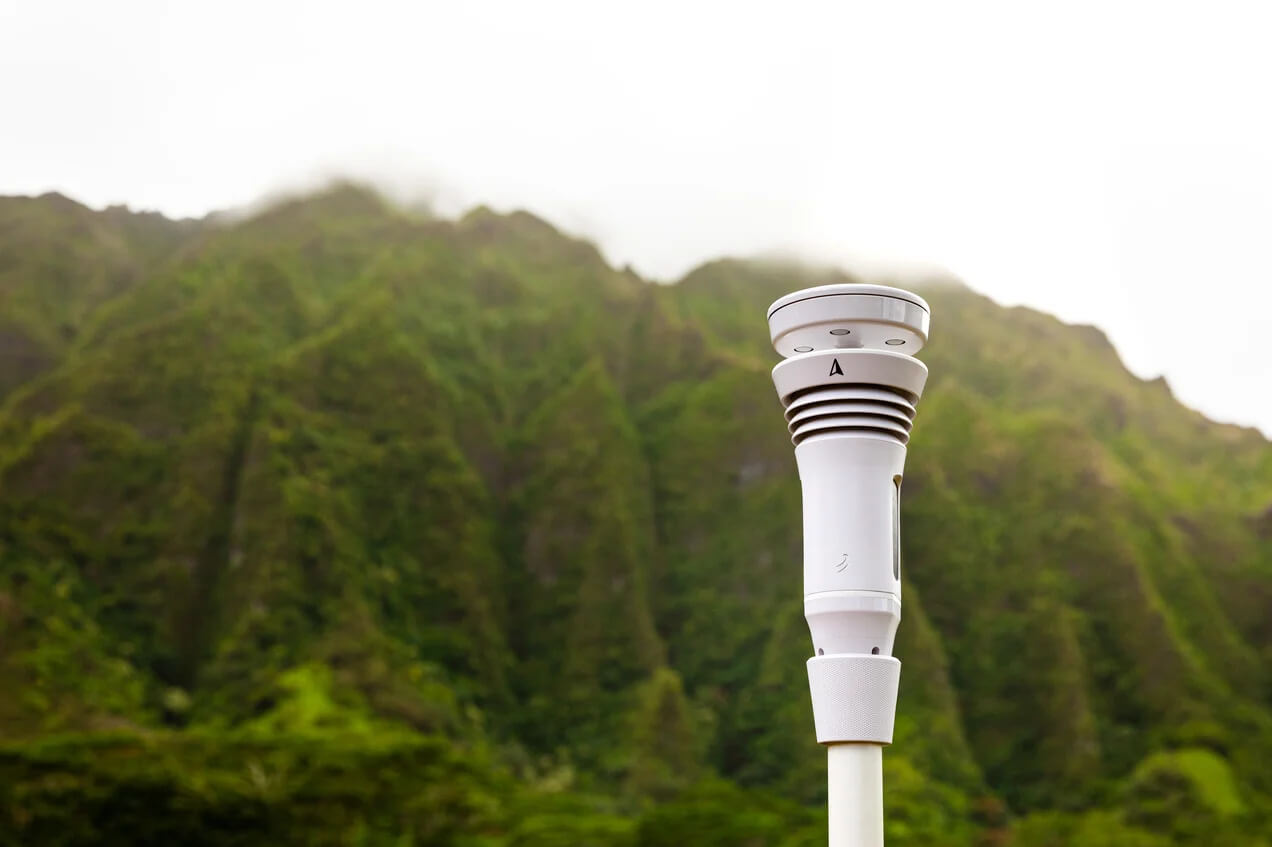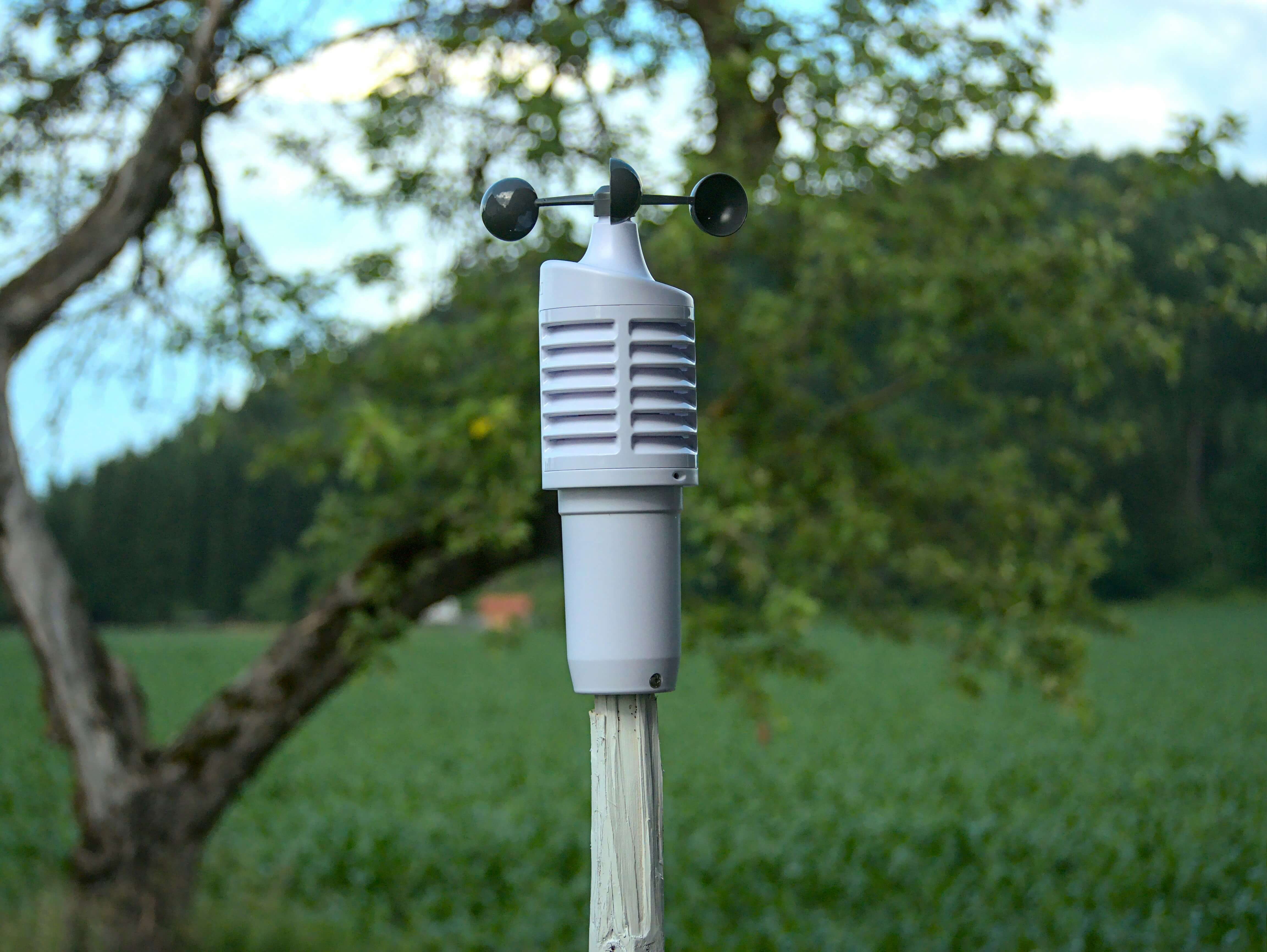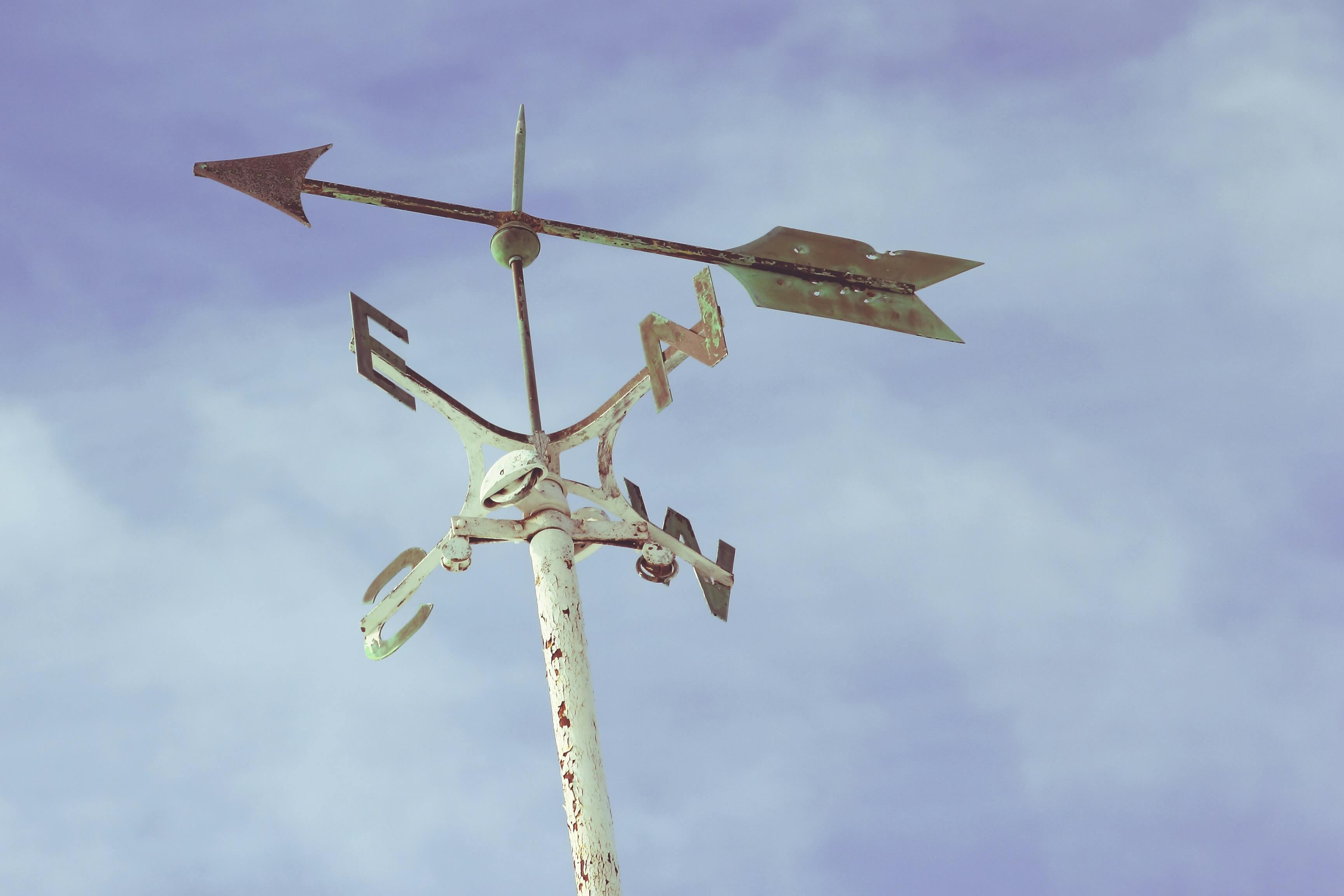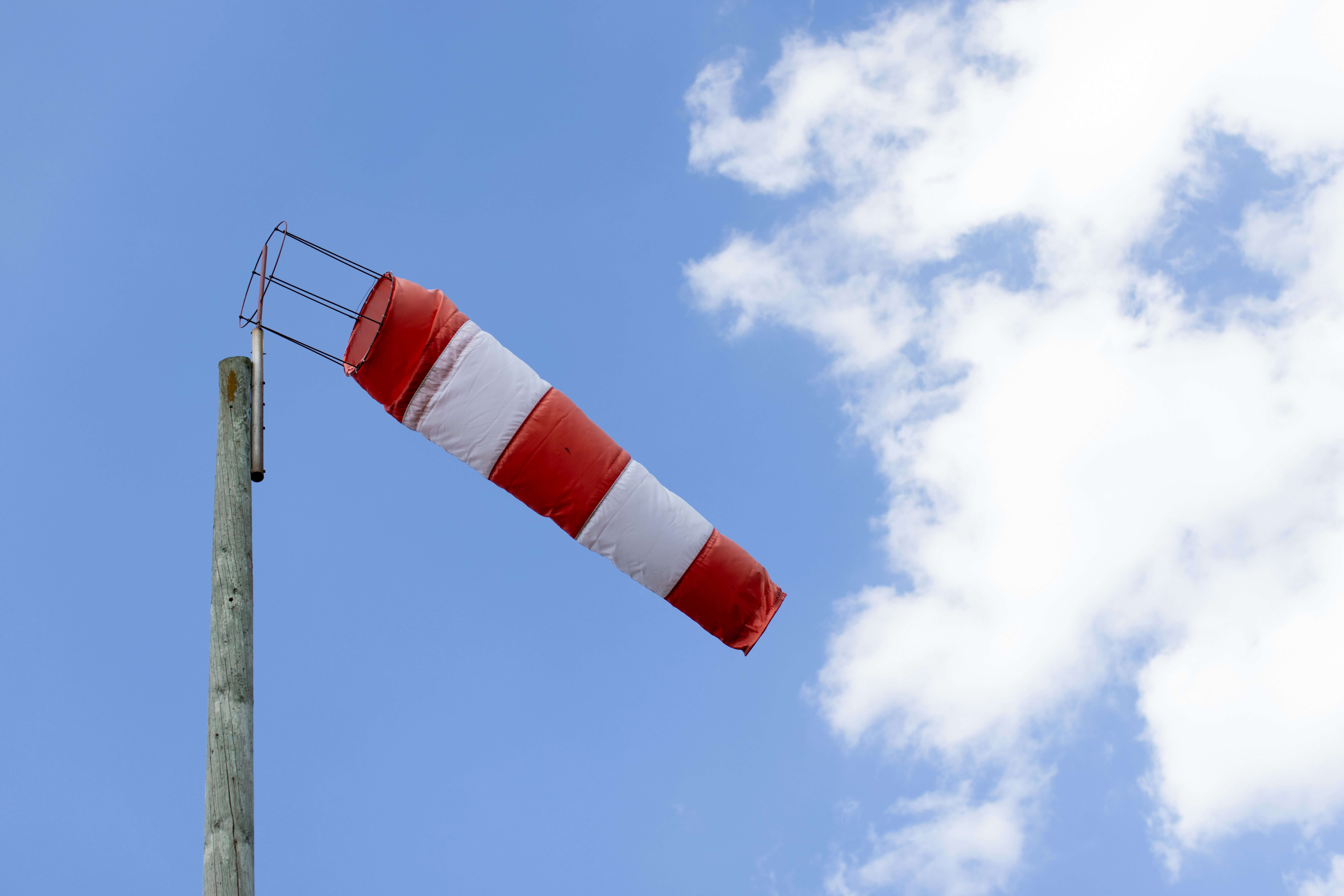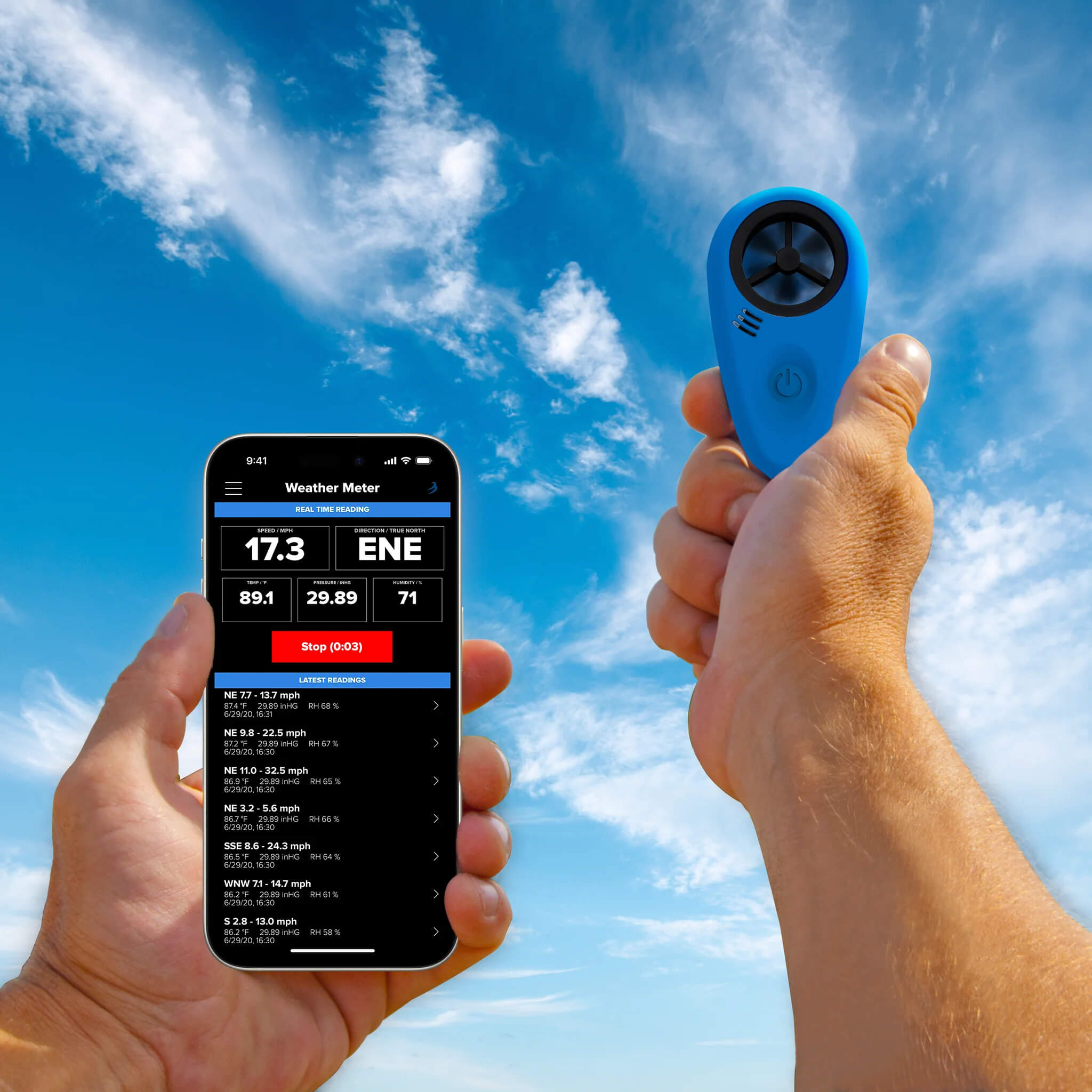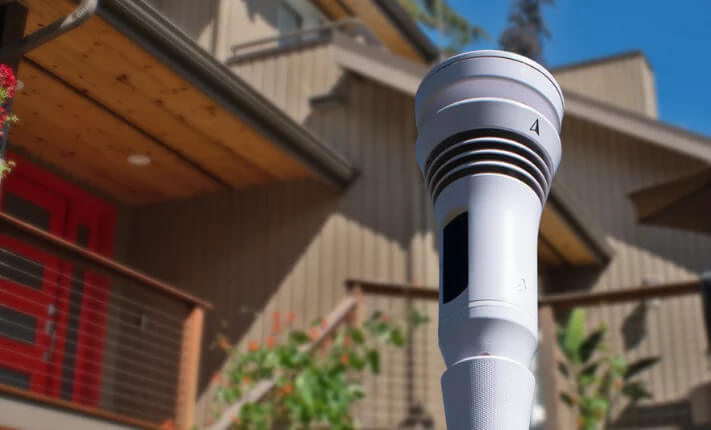Does the wind affect your outdoor hobby or career? A wind speed and direction indicator could be a valuable tool for monitoring current conditions and planning the day’s activities accordingly.
Whether you’re a sailor, a farmer, a pilot, or simply a lover of the outdoors, the speed and direction of the wind can significantly impact your day. Below, we’ll discuss how to determine wind direction and speed with different types of weather instruments and indicators.
The Tempest Weather System provides real-time weather data like wind speed direction indicators in your precise location.
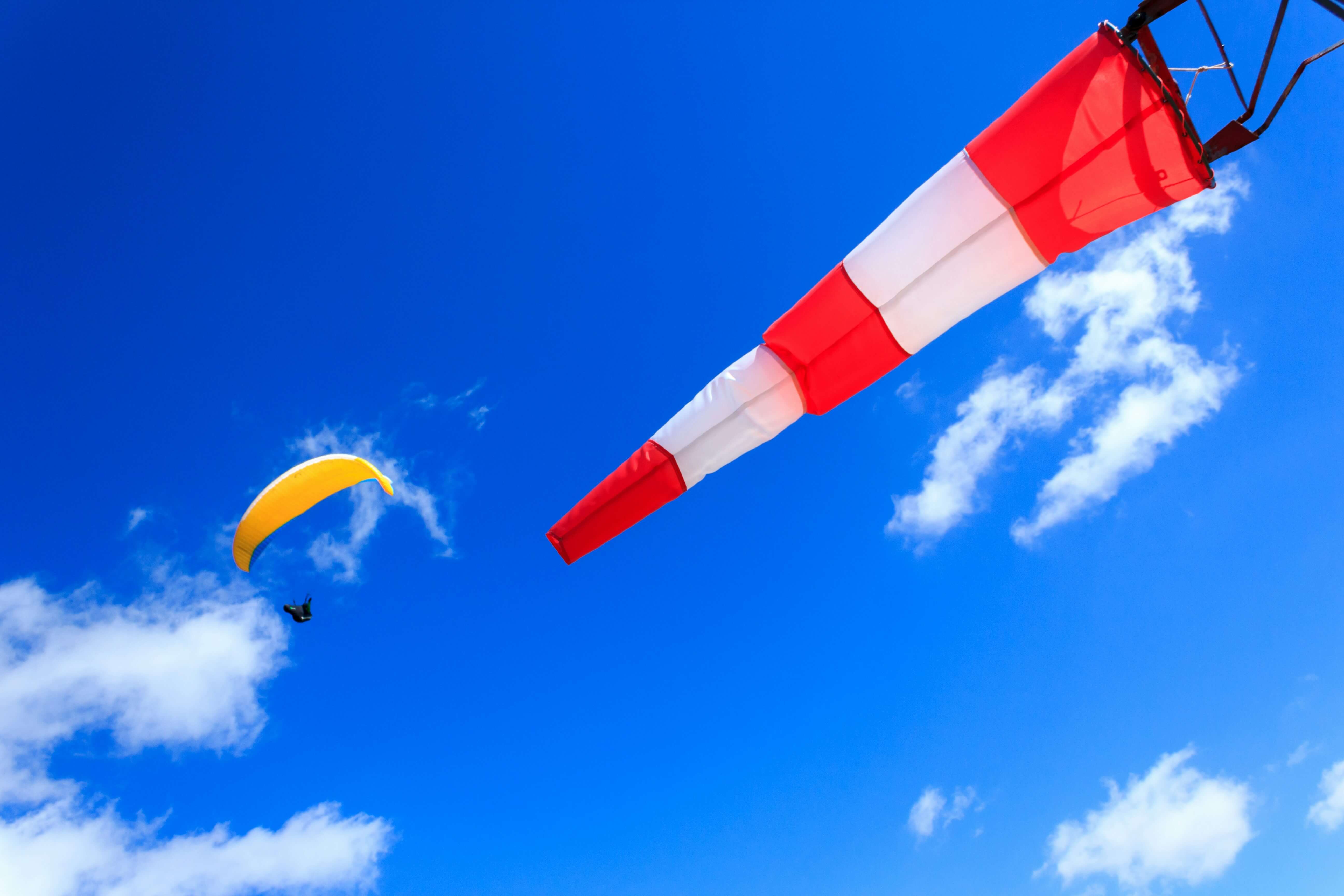
What Is Wind Direction?
Wind direction tracks where the wind is blowing from, not the direction the wind is blowing towards. Measuring wind direction has important implications for the accuracy of weather forecasts, maritime navigation, and aviation.
Traditionally, there are four wind directions using the cardinal points: north, south, east, and west. These are referred to as principal winds. Now, more advanced wind direction tools allow us to measure half-winds:
- Northeast (NE)
- Southeast (SE)
- Northwest (NW)
- Southwest (SW)
And quarter-winds:
- North-northeast (NNE)
- East-northeast (ENE)
- East-southeast (ESE)
- South-southeast (SSE)
- South-southwest (SSW)
- West-southwest (WSW)
- West-northwest (WNW)
- North-northwest (NNW)
How To Read Wind Direction
How do you read the wind direction? The traditional method is to use a simple tool for wind direction, like a weather vane or windsock. The direction the weather vane arrow or open end of the windsock is pointing shows where the wind is blowing from.
Modern tools like personal weather stations or anemometers offer more precise measurements and additional metrics like wind speed. These tools connect with your phone or other device to explicitly state the wind direction speed, with arrows to further represent wind direction.
Overall, knowing how to accurately read these instruments can help you stay safe when engaging in certain outdoor activities like wind sports or piloting aircraft.
How To Read Wind Direction Arrows
Wind direction arrows are used on weather maps and apps to visually show the direction from which the wind is blowing. It’s fairly easy to interpret arrow wind direction indicators, as the arrow’s point shows where the wind is blowing. Depending on the map you’re using, there may be a number next to the arrow representing the wind speed, as shown in this map:
Types Of Wind Direction Indicators
You can use several wind direction measurement tools and devices, ranging from traditional methods to more advanced systems, which we will break down in further detail below. These include:
Sonic Wind Sensor
A sonic wind sensor, like what’s used in the Tempest Weather System, provides accurate wind direction and speed readings. They are discreet and highly versatile since they function without any moving parts and are commonly used in scientific research and for personal use. Typically, a transducer emits ultrasonic waves from the northern part of the sensor. Then, a microprocessor measures the duration until it reaches the south transducer to calculate wind direction and speed.
Cup Anemometers
A cup anemometer, or rotational anemometer, usually has four cups mounted horizontally on a moveable shaft. The number of revolutions the cups make over a certain period of time is proportional to wind speed. An anemometer alone only measures wind speed. However, they can be adapted to include a weather vane to show wind direction.
Wind Vane
A wind vane, or weather vane, is the traditional way to monitor wind direction. They are often seen on barn roofs and come in various styles and designs. Wind vanes normally have four horizontal posts corresponding to the cardinal directions, with a moving arrow that points to where the wind is blowing from.
Windsock (Wind Cone)
Windsocks, also known as wind cones, are simple instruments that measure wind speed and direction. They are commonly found at airports and chemical plants, visually representing how fast the wind is blowing and where it’s coming from at a glance. Windsocks are made from a textile material in a conical shape, and the extent to which the sock is inflated represents the wind speed. The wide opening of the wind sock aligns with the direction the wind is blowing from.
Handheld Anemometer
A handheld anemometer, like the Tempest WINDmeter, is a portable device for measuring wind speed and direction. It uses a propeller wind sensor to measure speed with +/- 0.5% accuracy. This tool is helpful for outdoor enthusiasts, researchers, and professionals who require on-the-spot wind readings. The instrument pairs with your mobile device to view real-time reports and metrics on average wind speed, gusts, direction, crosswinds, tailwinds, and more.
Measure Wind Direction Accurately With The Tempest Weather System
Accurate wind data can help you safely plan personal or work-related outdoor activities. Winds can shift at a moment’s notice, so you must know how to track these changes for optimal performance and comfort outdoors. Though there are many different instruments and methods for tracking wind direction, the Tempest WINDmeter is a pocket-sized anemometer you can take on the go to get accurate wind readings in your precise location.
Visit the Tempest online shop to find reliable tools for measuring wind direction, speed, and other critical weather readings.
